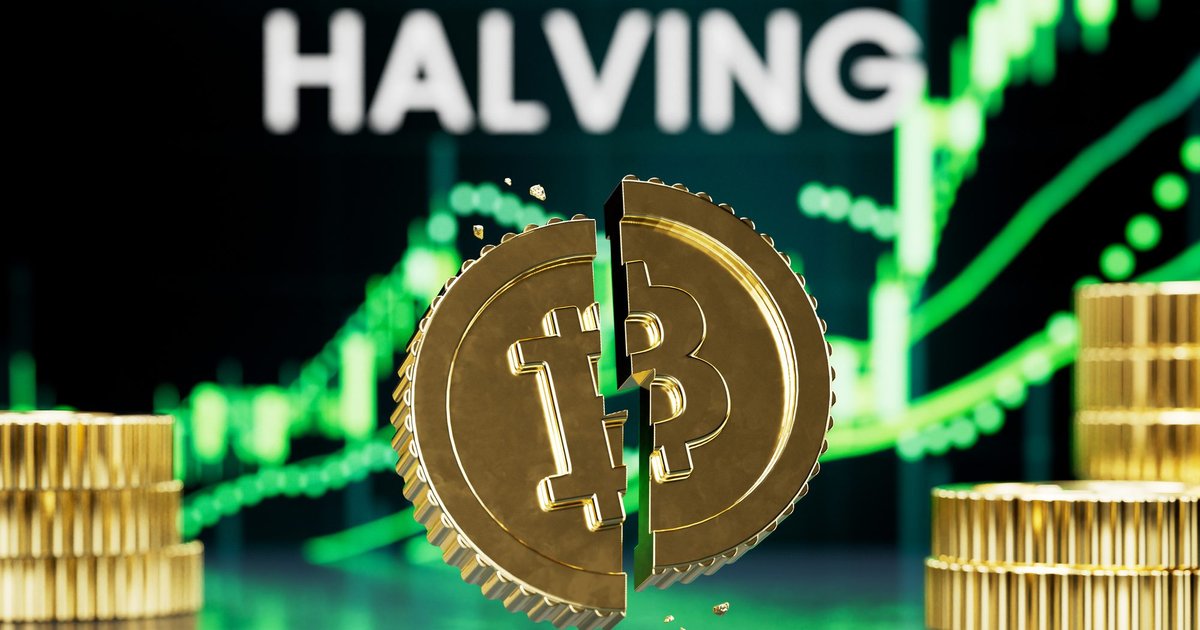With Bitcoin’s halving event expected imminently, we get insights from leading industry figures on what this means for the market, and what investors should do to prepare for it.
But what exactly is Bitcoin halving, and why does it affect the price of Bitcoin?
Written into Bitcoin’s code by pseudonymous creator Satoshi Nakamoto, the blockchain powering Bitcoin is designed so that every time 210,000 blocks are added to the chain – which is roughly around every four years – the amount of Bitcoin available as rewards for miners is cut in half.
This makes mining less profitable and slows the production of new Bitcoins. By reducing the rate at which new coins are entered into circulation, halving slows the time that Bitcoin takes to reach its capped supply of 21 million tokens. So far, around 19 million tokens have been released.
Bitcoin halving: What it means for investors
With Bitcoin halving lowering the reward for miners, JPMorgan predicts the price of Bitcoin to weaken in the aftermath, with the market still in overbought conditions.
The cryptocurrency’s current price of about US$61,200, down from a recent all-time high of US$73,000, is also still above JPMorgan’s volatility-adjusted comparison with gold, and its projected production cost of US$42,000 after the halving.
Historically, the Bitcoin production cost has acted as a lower boundary for Bitcoin prices. JPMorgan also believes Bitcoin’s price will weaken due to venture capital funding remaining subdued.
However, for Duncan Ash, Head of Strategy at Coincover, the halving event will have positives in the mid to long-term.
“In the short term, the upcoming halving will put supply and demand slightly out of kilter, driving market pressure as more investors seek to get a piece of the pie,” he says.
“This is likely to continue until the elevated price deters new investors, restoring a closer balance between the number of buyers and sellers and settling the market.
“In addition, the industry will emerge with more users, a higher market cap and greater liquidity. As such, we’re likely to see a stabilising effect on the market in the mid to long term.”
Stephen Richardson, MD of Financial Markets at Fireblocks is similarly optimistic about Bitcoin’s resilience post-halving.
He notes: “This year’s halving follows the SEC’s landmark approval of spot Bitcoin ETFs in January, which provides both retail and institutional investors with exposure to this asset class without the complexity of acquiring the underlying asset.
“Since ETFs are derivative products that need to be supported by the purchase of the underlying asset, and given that there is a fixed supply of bitcoin, an increase in demand for the Bitcoin ETFs could be reflected in upward price movement.”
Indeed, the introduction of spot ETFs has seen Bitcoin investment skyrocket, and now with Bitcoin’s halving event upon us, Philippe Bekhazi, CEO of XBTO feels increased investment and higher valuation could soar further.
“Bitcoin’s halving may enhance Bitcoin’s appeal as a deflationary asset, potentially leading to increased investment and higher valuations.
“The halving could influence the valuation and market dynamics as investors recalibrate their portfolios in response to shifting supply dynamics in Bitcoin, for example, with the advent of the spot Bitcoin ETFs, investors may prefer to gain exposure through that rather than Bitcoin miners.”
So, while the halving event may cause some volatility in the short term, it looks set to have a positive, lasting impact on Bitcoin’s growth in the long term, a positive sign for committed investors.
This article was originally published by a fintechmagazine.com . Read the Original article here. .

